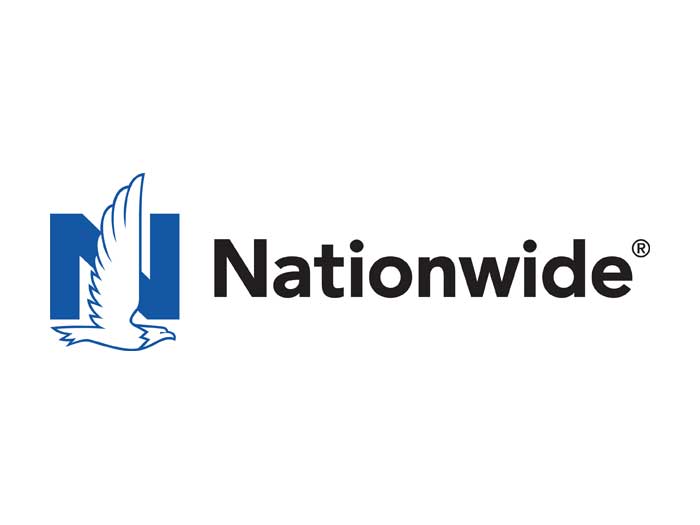Risk Insider: Robert Rheel
Those Darn Tenant Losses: Solutions
With all of the fire causes and losses, what are the landlords and their insurers to do? In Part One, I discussed the drivers for tenant fires and now I’ll propose a solution.
Every day, there seems to be more and more news about fires throughout the country. In some cases, they are beyond our control (for example, arson), but all examples I outlined in Part One seem to be preventable causes of fires.
However, it is beyond a landlord’s control to actually prevent these accidental fires from starting in the first place. As much as landlords want to police tenants and think they can control them, they regrettably can’t stop the negligence and mistakes that lead to these accidental and potentially fatal losses. Unfortunately, it is unrealistic to think that we can prevent these fires completely. But what can we do?
Yes, there is but a small amount of premium to pay for a $1 million tenant policy limit and it creates administrative burdens for landlords, but in today’s smart-app world, I know there must be a simple and straightforward solution.
Landlords do have control of management of the associated losses and preparing for the extent of the damage and loss caused by the fires. In my view, there are two choices available for landlords to deal with and proactively manage this issue:
1. Landlords fund the costs of tenant negligence through their insurance program; or
2. Tenants are held responsible for their negligence.
Many people might say the answer is obvious and the tenant should be held responsible, but why then, in many cases, does the tenant carry no insurance or insufficient limits?
Rarely is the tenant held responsible for the fires that he or she caused. The answers I receive range from administrative costs to the competitive rental market that landlords face while managing vacancies.
Yes, there is but a small amount of premium to pay for a $1 million tenant policy limit and it creates administrative burdens for landlords, but in today’s smart-app world, I know there must be a simple and straightforward solution. There are solutions for tenants to fund these types of losses.
So, what’s stopping us?
I believe the solution is that landlords need to join the insurance community, with insurance companies and landlords aligned. Through collaboration, we can roll out a solution to shift the costs of these losses back to those who cause them: tenants.
They should be held financially responsible for their negligence and the resulting damage. By working together, we can provide an effective solution to minimize landlords’ losses caused by these fires.
Not only will it save money, but it may also save lives. By holding tenants financially responsible for their misconduct, it gives them incentive to be more cautious.
If they cause a fire, not only will they lose their possessions, but they would now be required to pay for the building damage as well. If we can’t prevent all of these fires from starting in the first place, then we can focus on preventing the frequency of resulting losses they cause.
We can work together to make the world a better and safer place for both landlords and tenants.










